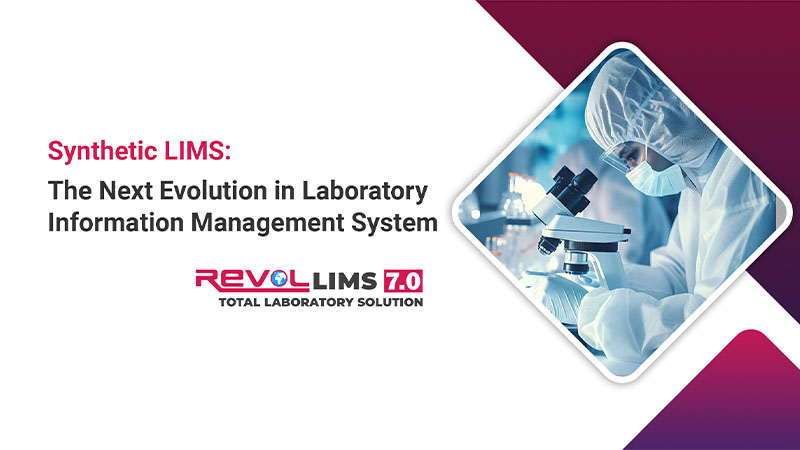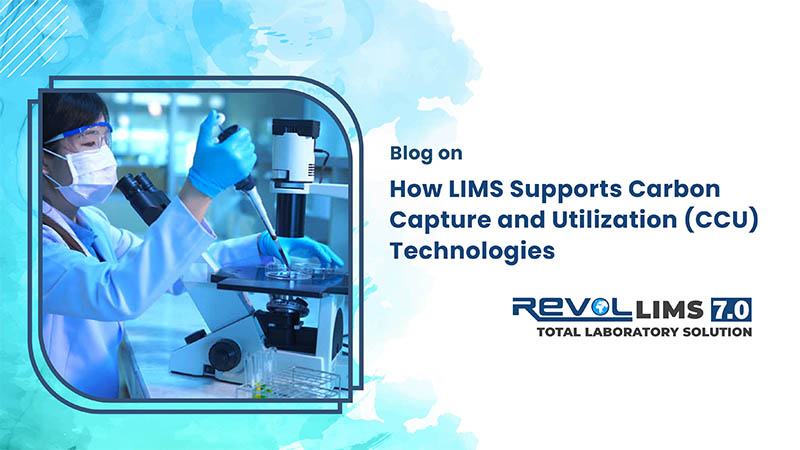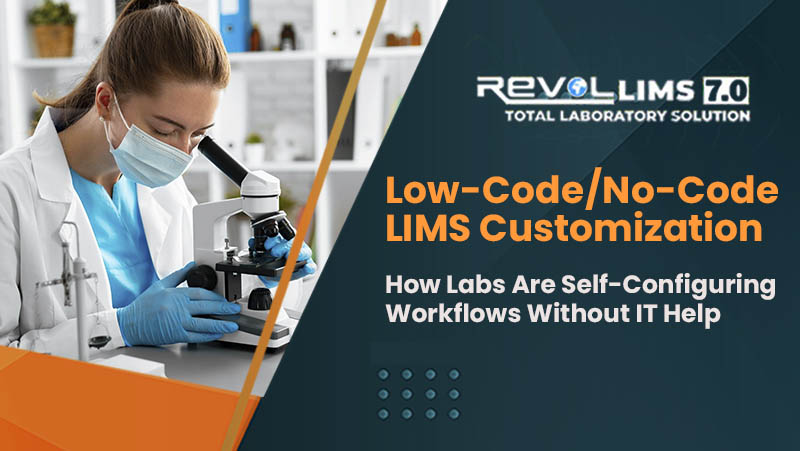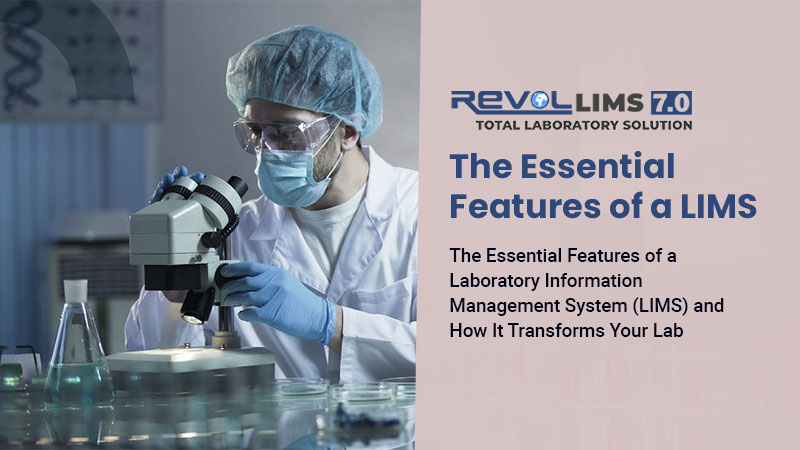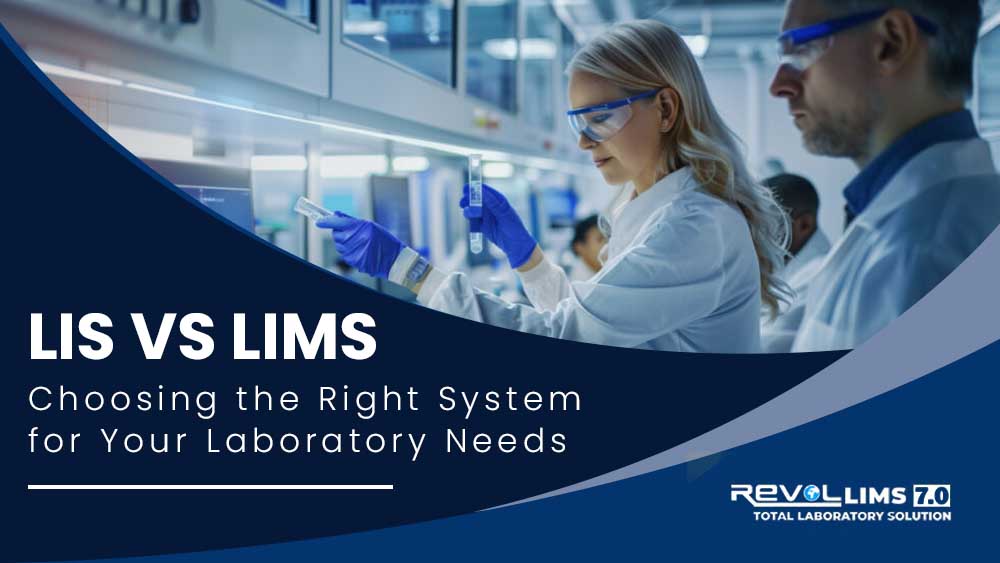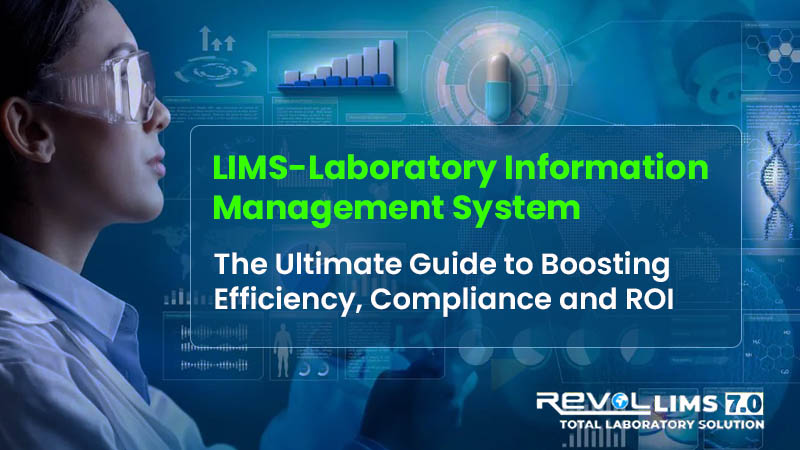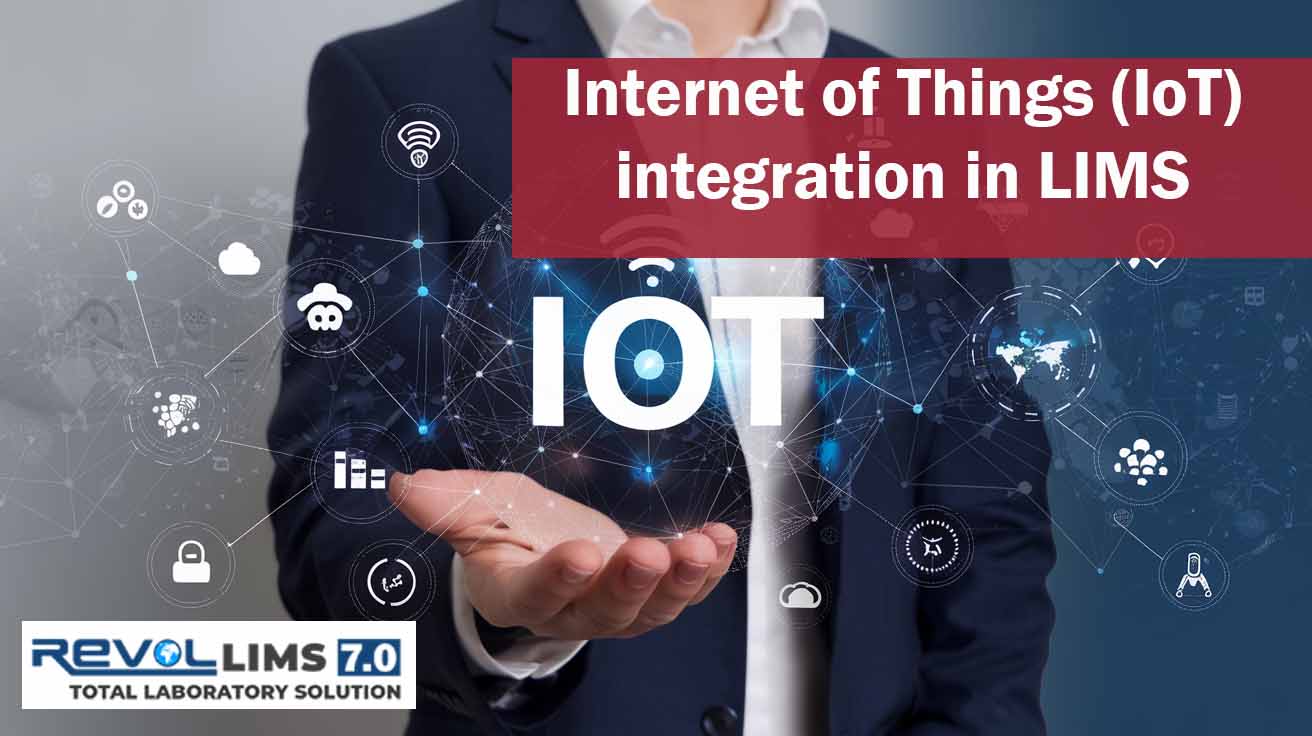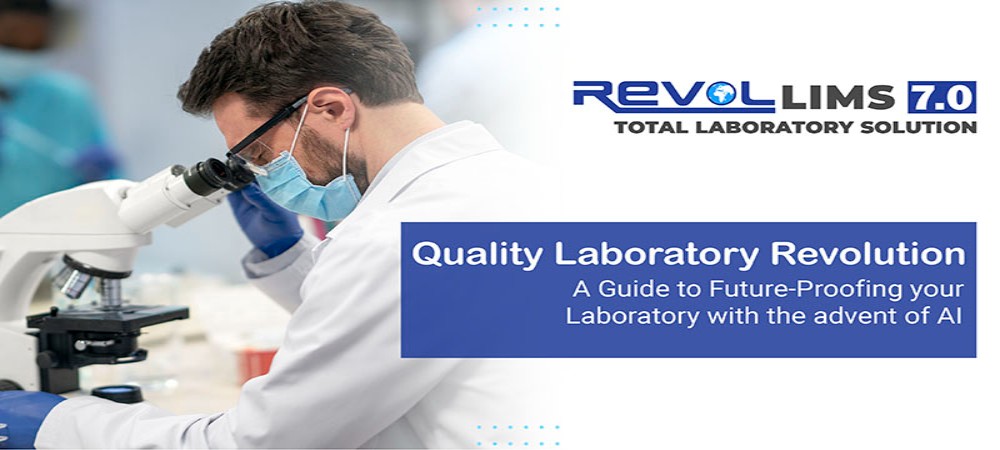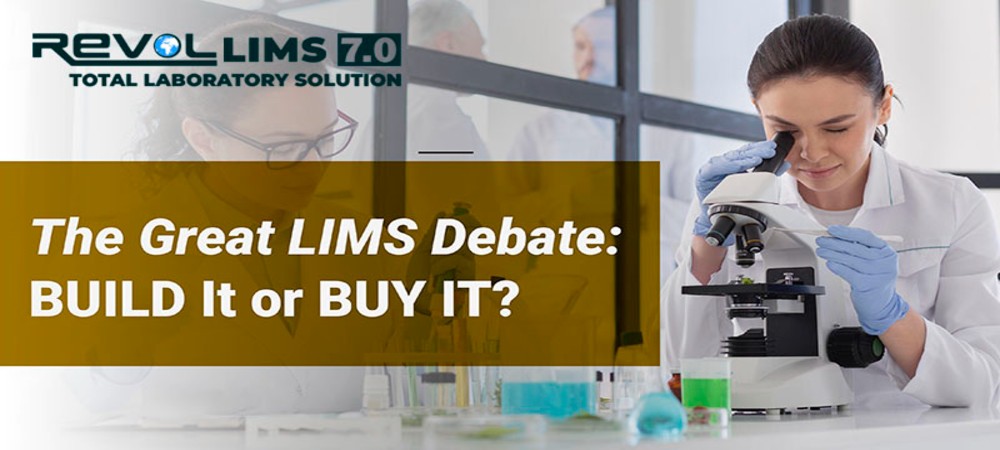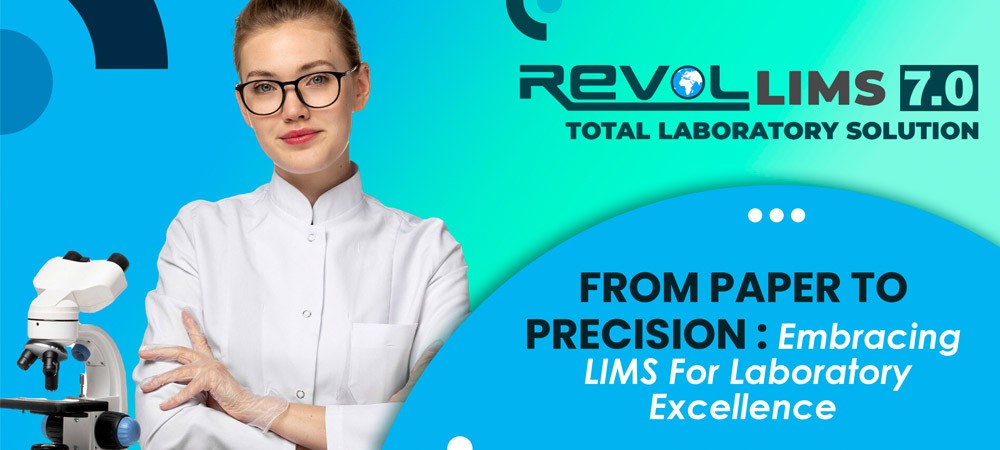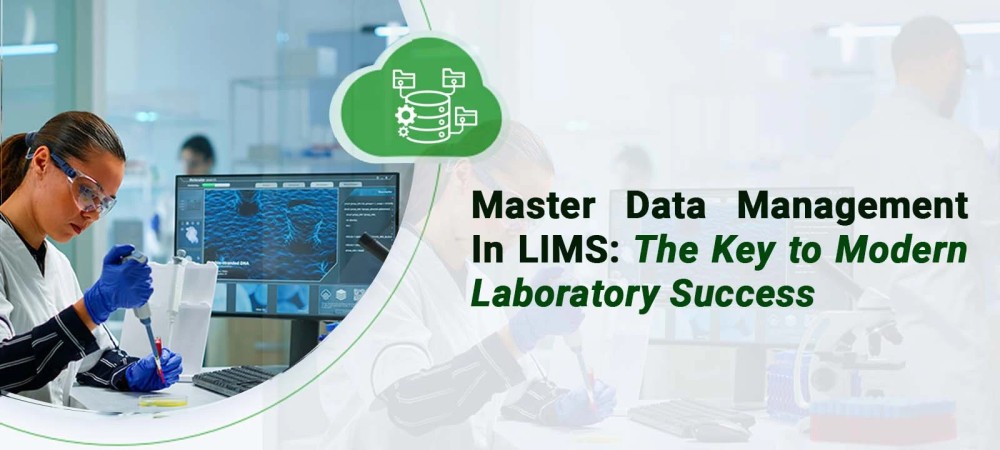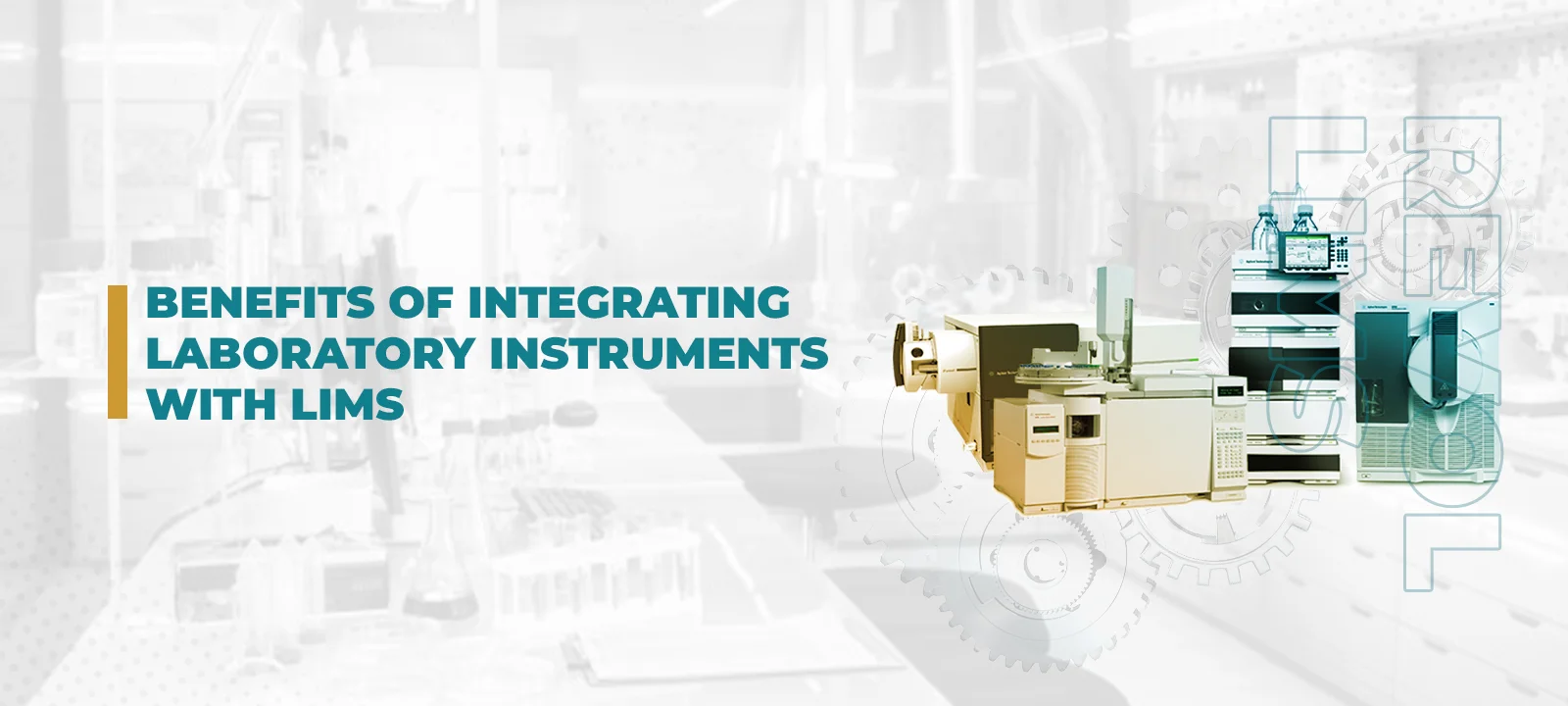
Introduction
Advancements in technology have resulted in a significant increase in data volumes in modern laboratories. While this surge in data presents opportunities for innovation and enables more timely, efficient decision-making, it also brings new challenges, particularly in data management and processing.
To effectively manage and transform this data into valuable insights, laboratories are increasingly turning to automation and integration of lab activities and procedures. One key solution is integrating laboratory instruments with Laboratory Information Management Systems (LIMS).
Commonly integrated instruments in laboratories include GC, GCMS, HPLC, LCMS, ICP, Particle Counters, DNA Sequencers, Balances, Titrators, and AA Analyzers.
Benefits of Instrument Integration
Laboratories can achieve numerous benefits from integrating instruments with their LIMS, including:
-
Enhanced Productivity and Operational Efficiency
Integrating instruments with Lab Management Software boosts operational productivity by streamlining analytical, resource planning and data handling. With automatic data transfer from the instruments to the LIMS, scientists save valuable time that would otherwise be spent on manual transcription, improving overall laboratory productivity. -
Improved Data Quality and Integrity
Automation through instrument integration ensures data integrity and minimizes redundancies across multiple systems. By linking instruments directly to LIMS, laboratories can achieve higher data quality and consistency. -
Simplified Data Transfer
Integrating LIMS with laboratory instruments facilitates seamless data transfer within the laboratory and throughout the enterprise. This integration supports various industries, including Food and Beverages, Agriculture, Clinical Research, Contract Laboratories, Metallurgy and Mining, Oil and Gas, Forensic Science, Pharmaceuticals, Chemicals, Biotechnology, Biorepositories, Research Institutes, Manufacturing, and Cosmetics. -
Increased Competitiveness
Instrument integration enhances competitiveness by improving collaboration and streamlining information management. It provides better control over task workflows, helping laboratories operate more efficiently and remain competitive in their respective fields. -
Opportunities for Modernization
Integrating instruments reduces the need for time-consuming tasks like data transcription, freeing up scientists to focus on innovative work. Moreover, instrument integration enhances error handling and data flow, further enabling scientific advancements.
Conclusion
Recent developments in laboratory informatics highlight the crucial role of instrument integration in boosting productivity, efficiency, data integrity, and innovation within laboratories. Solutions like Revol LIMS offer a wide range of tools to simplify instrument interfacing, making it easier for laboratories to adopt and utilize their Laboratory Management Systems effectively. Integrating instruments with Revol LIMS helps enhance your laboratory's operations, improving both efficiency and innovation.
